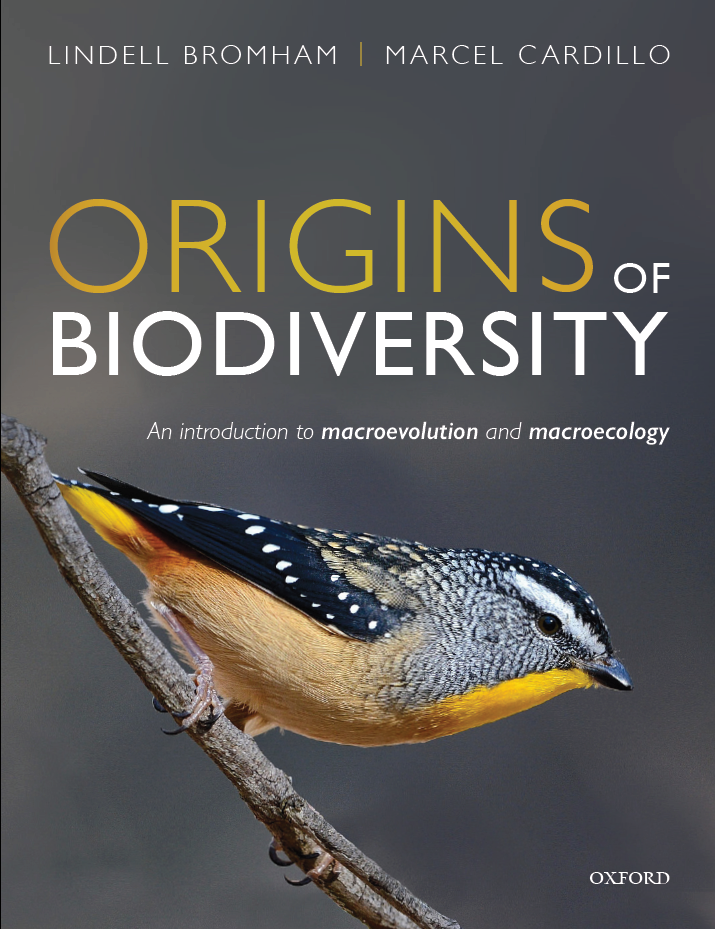Our ResearchWe study the evolutionary and ecological processes responsible for generating patterns of biodiversity. Our research covers a wide range of questions, taxonomic groups and spatial scales. Some current topics of interest include:
Out now!
|
Latest Publications
Scheele, B.C., Heard, G.W., Cardillo, M., Duncan, R.P., Gillespie, G.R., Hoskin, C.J., Mahoney, M., Newell, D., Rowley, J.J., Sopniewski, J. . An invasive pathogen drives directional niche contractions in amphibians. Nature Ecology & Evolution (2023). https://doi.org/10.1038/s41559-023-02155-0
Cardillo, M. (2023) Phylogenetic diversity in conservation: a brief history, critical overview, and challenges to progress. Cambridge Prisms: Extinction pdf Cardillo, M., Skeels, A., Dinnage, R. (2023) Priorities for conserving the world's terrestrial mammals based on over-the-horizon extinction risk. Current Biology Bromham L. (2023) Language endangerment: Using analytical tools from conservation biology to illuminate loss of linguistic diversity. Cambridge Prisms: Extinction, 1, e3: 1-11 |
Contacts
|
Prof. Lindell Bromham
Research School of Biology, Building 46 Australian National University, Acton, ACT 0200 Australia |
We are affiliated with the ANU/CSIRO Centre for Biodiversity Analysis and the ARC Centre of Excellence for the Dynamics of Language





